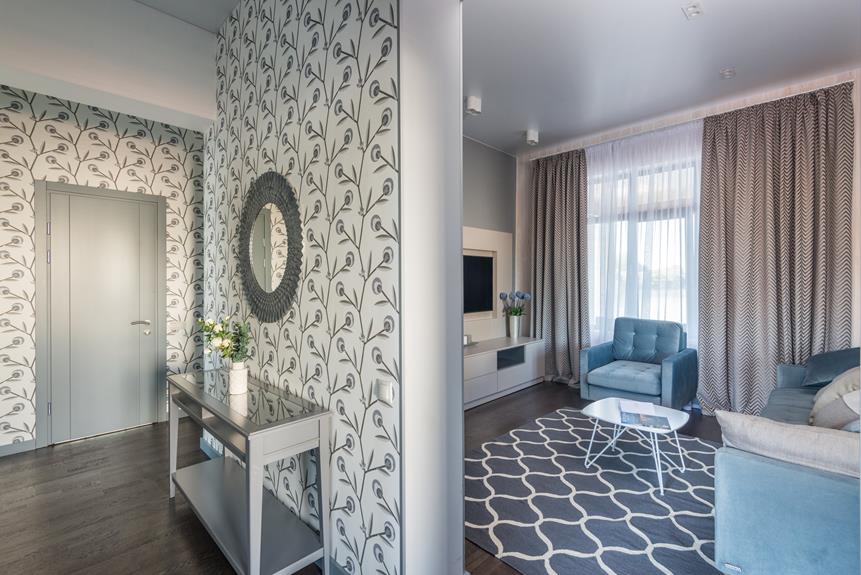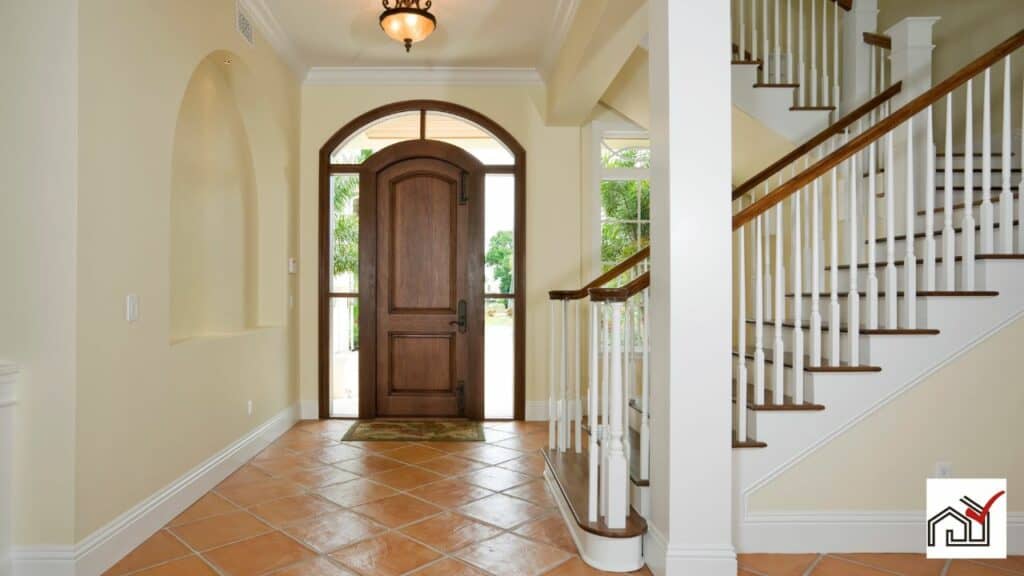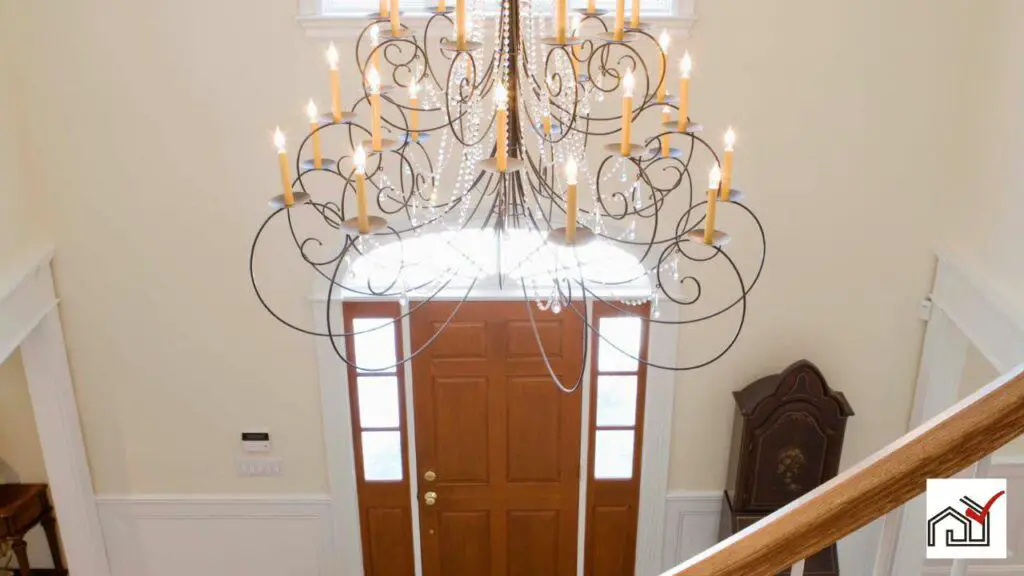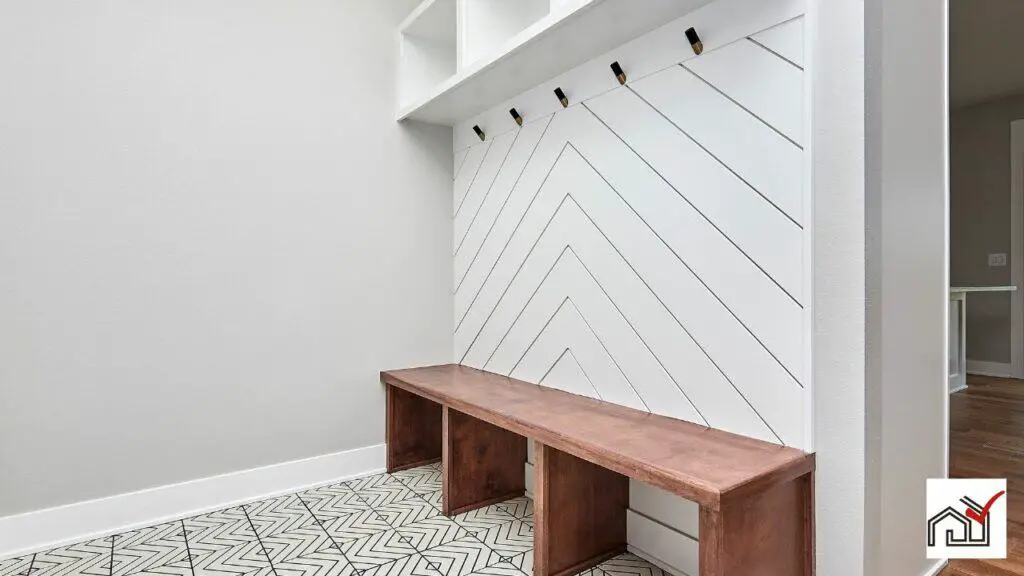Deciding to place a rug in an entryway is important for setting the first impression of a home. A rug can add to the visual appeal and protect the floors from dirt and damage. It can also make the entryway safer by preventing slips.
When choosing a rug, consider how easy it is to clean, its durability, and how well it matches the home's style and needs.
The following discussion will provide guidance on how to select a suitable rug for an entryway.
Entryway Rug Advantages
Entryway rugs offer several benefits such as increasing comfort, protecting floors, and creating a welcoming environment for visitors. They provide a first impression of the home and can handle high foot traffic. Materials like jute, sisal, or nylon are ideal as they minimize the spread of dirt and help in maintaining cleanliness.
These rugs are also easy to clean, important for areas with frequent use. They absorb moisture, reducing the risk of slips and falls, which enhances safety for everyone entering the house.
Rugs in the entryway trap debris and moisture, reducing the need for extensive cleaning throughout the house. A rug with a gentle color like sage green can add a pleasant touch to the entryway without being overpowering.
The placement of the rug, whether diagonal or round, can influence the direction of traffic and contribute to the design of the entryway.
Maintenance Considerations
Maintenance of entryway rugs is essential due to high foot traffic. For longevity and ease of cleaning, a washable rug is advisable. These rugs can be spot cleaned or machine washed, preventing dirt build-up and extending their lifespan.
Using a rug pad can reduce slipping and facilitate cleaning. It provides a barrier for the rug and floor and allows easy removal for washing. A suitable rug pad also reduces wear on the rug.
For material selection, prioritize wool, nylon, polypropylene, and jute for their durability and stain resistance. Regular vacuuming removes dirt and minimizes the visibility of soiling. Promptly cleaning spills is necessary to keep the rug in good condition.
Material and Durability
Choosing the correct materials for an entryway rug is important for durability, as it needs to be resistant to high foot traffic. Materials such as jute, sisal, or nylon are recommended due to their strength and ability to withstand frequent use. These materials help keep the home clean by capturing dirt from shoes.
A jute rug is strong and adds a natural look, effectively trapping dirt with its dense weave. Sisal rugs are also durable, with a coarse texture that scrapes off dirt while offering a sleek design. Nylon rugs are practical, hiding dirt well and coming in various patterns.
For entryways, flatweave rugs in these materials are ideal because they do not obstruct doors and minimize tripping risks. Choosing neutral colors can conceal dirt better and easily match home decor. The goal is to select a rug that is both aesthetically pleasing and able to meet the demands of an entryway.
Aesthetic Impact
An entryway rug not only helps to keep dirt out but also enhances the visual appeal of the space. It is often one of the first items noticed by guests and influences their impression of the rest of the home. The right rug can make a design statement and add style to the entryway. It can feature soft colors or bold patterns depending on the desired effect and existing decor.
A carefully selected rug can act as a centerpiece, attracting attention and welcoming visitors. When choosing a rug, consider its shape and design to ensure it contributes positively to the space's aesthetics. For example, a rug with an unusual shape can introduce interesting visual elements, and a rug with a unique border can add character.
A round rug, in particular, can soften the straight lines typically found in an entryway and give the area a touch of elegance. The goal is to select a rug that not only looks good but also complements the home's design.
Safety and Traction
Entryway rugs made from jute, sisal, or nylon improve safety by offering traction to prevent slips and falls. These materials have a rough texture that helps remove dirt and provides a non-slip surface, making them suitable for entryways with high foot traffic.
To increase safety, consider using a rug pad beneath the rug. A rug pad adds cushioning, extends the rug's lifespan, and prevents the rug from moving, which is essential in busy entryways.
It's also important to select the correct size for the rug. It should be large enough to step on when entering but not so big that it interferes with the door or poses a tripping hazard.
Size and Placement
To determine the ideal size and placement for an entryway rug, measure your space first. Choose a rug that leaves at least 8 inches of space from the walls, preventing a cramped look and allowing the floor design to complement the rug. Consider the entryway's shape when selecting a rug; use a runner for narrow spaces and a round rug for larger, square areas. The rug should match the room's proportions without being too small or too large.
Place the rug centrally in a large entryway to create a sense of grandeur. In smaller spaces, a smaller rug or runner should be used to enhance the area without dominating it. Optionally, positioning the rug diagonally can direct traffic flow and add a unique touch. The rug should offer a balance of visual appeal and practicality, making the entryway welcoming and functional.
Entryway Rug Styles
When selecting a rug for your entryway, match it with the surrounding decor for a unified look. Choose a size that allows the door to open easily and provides enough space to wipe shoes. Traditional rugs can create an elegant impression, while modern rugs with geometric patterns or solid colors suit contemporary homes.
For a dynamic touch, consider a rug with an accent color like sage green, and coordinate it with other decor items like benches or pillows. You can place the rug in different orientations, such as diagonally, for a unique effect. Opt for unusual shapes, such as round rugs, to add variety.
Choose durable materials like jute or nylon for long-lasting use. The right rug combines practicality with style, enhancing your entryway's appeal.
Seasonal and Trend Adaptability
Entryway rugs can be chosen to match seasonal shifts and design trends, maintaining a practical and stylish space year-round. It's important to choose a rug that complements your home's decor and reflects the season's atmosphere and popular styles.
For example, a sage green rug adds a touch of spring without dominating the space and serves as an attractive focal point. Placing the rug diagonally can enhance the visual appeal and create a welcoming path.
Rugs come in different shapes and sizes, allowing for changes that correspond with seasonal decorations or current trends. A round rug may suit festive times or when circular designs are in vogue, whereas a small shag rug can warm up an entryway in winter, making it more inviting.
A rug with a distinctive border can act as a statement piece that mirrors current fashion, with bold patterns for summer or subtle textures for autumn. Choosing the right rug size is also important for keeping a home clean, as it helps trap dirt and moisture from shoes, reducing cleaning frequency.





